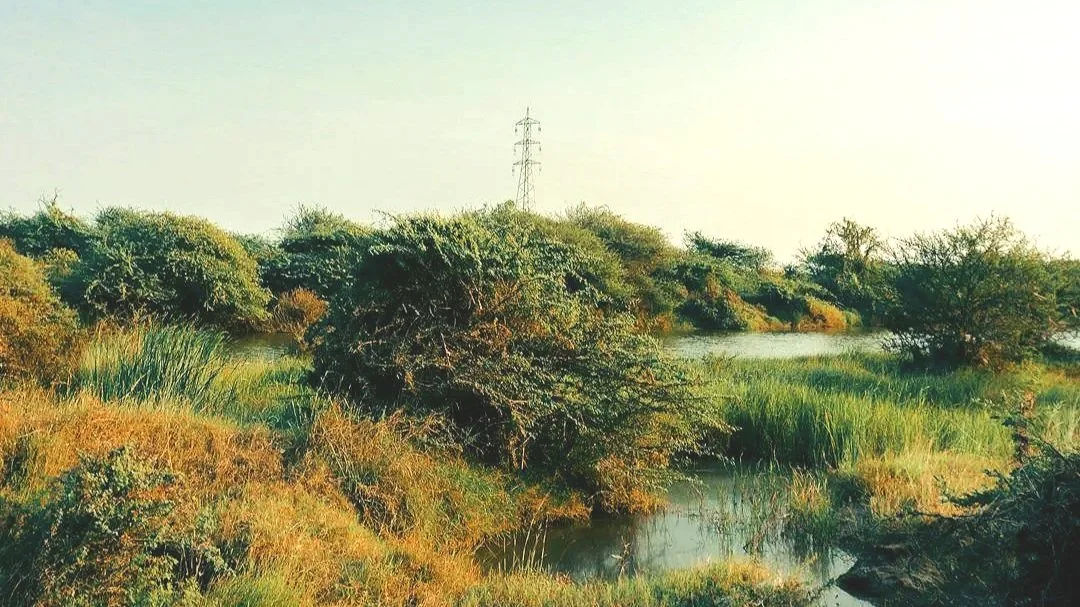How Adaptive Landscape Designs Shape Our Future Environments
As climate shifts accelerate and cities expand, the landscapes of the future must learn to adapt. At LASD Studio, we approach design as a living system — flexible, self-regulating, and deeply connected to ecological processes. Adaptive landscape design allows environments to evolve intelligently with changing weather, soil, and social needs, ensuring long-term resilience, beauty, and balance between people and nature.
In today’s modern world, where the environment faces various challenges, choosing sustainable practices is essential to preserve biodiversity and maintain a healthy environment. However, with the growing population and significant industrial expansion, protecting nature can be difficult. This is where adaptive landscape design becomes important, creating more resilient, sustainable, and socially equitable future environments. These designs focus on long-term adaptability to environmental changes, boosting biodiversity, and supporting human well-being.
Image of Adaptive Landscape Architectural Design for Wildlife and Biodiversity
What Is Adaptive Landscape Design?
Adaptive landscape design is a way of planning outdoor spaces so they can change over time. These designs work with nature, not against it. They respond to weather, climate, and human needs. They also help solve problems like flooding, heat, and pollution.
Instead of using fixed plans, adaptive designs allow landscapes to grow and shift. They include plants, soil, and water systems that support life and improve the environment.
Why Is It Crucial?
Today, the world is facing many environmental challenges. We see rising temperatures, stronger storms, and less clean water. Cities are also becoming hotter and more crowded. Adaptive landscape design can help us deal with these problems.
Key Features of Adaptive Landscapes
Flexible Design: Adaptive landscapes are not built to stay the same. They change as the seasons and needs change. A park might have open fields one year and wildflowers the next. Designers often use local plants that grow well with little care.
Sustainable Systems: These landscapes reduce waste and energy use. They reuse water and materials. Paths may be made from recycled stone. Water from rain can be stored underground and used later.
Community Use: Adaptive landscapes support people, too. They create healthy spaces for walking, resting, and gathering. Designers often involve the community in planning. This makes people care more about the space.
Climate Support: By using trees, wetlands, and green cover, these landscapes fight climate change. They lower temperatures, improve air quality, and support wildlife.
The Role of Designers
Landscape architects and planners play a key role. They study the land, weather, and culture before making a plan. The goal is to create a space that lasts and grows.
Designers also keep learning. They update the space as new needs arise. This keeps the landscape alive and useful.
How This Landscape Design Restores Soil Health
Enhancing Soil Structure: Landscape architects use cover planting and tilling to preserve soil structure and reduce the chances of erosion, allowing beneficial soil organisms to thrive and improving water infiltration and aeration.
Improving Nutrient Cycling: Planting a variety of species with different root depths can help improve nutrient cycling in the soil, leading to increased fertility. There are several strategies landscape architects use to enhance nutrient uptake by plants.
Promoting Biodiversity: Adaptive landscape design often includes different types of plants to support a wider range of soil organisms, from bacteria and fungi to insects and earthworms. Landscape architects also use flowers and other plants that attract pollinators and beneficial insects to improve overall ecosystem health.
Adapting to Climate Change: Adaptive landscapes are created based on the local climate. This design includes climate-resilient plants, rainwater harvesting features, and swales and terraces to maintain soil health throughout the year.
Adaptive landscape design is an evolutionary system that goes beyond aesthetics. It prioritizes functionality and sustainability in creating outdoor spaces. With years of experience in this industry and extensive knowledge of landscape design, our team of expert landscape architects can help transform areas with adaptive landscape designs. You can contact us directly to learn more about our services.

